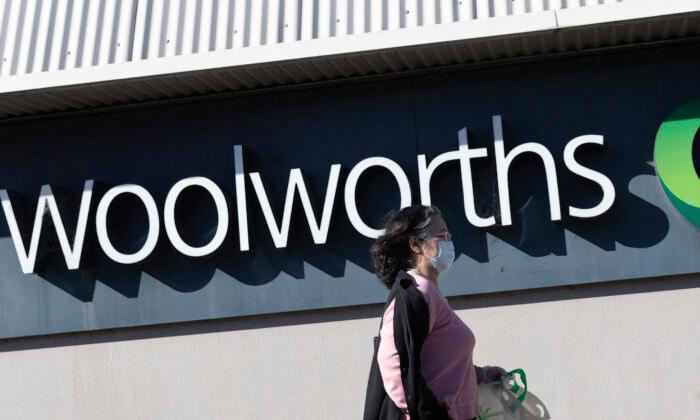While the term “internet security” most often conjures up images of firewalls and software aimed at blocking viruses and malware, the physical backbone on which the data is delivered is also a point of vulnerability—especially the undersea cables that connect countries and lie, mostly unobserved, miles below the surface.
As of early 2024, it’s estimated there are nearly 1.4 million kilometres of submarine cables in service globally.
Most cables currently servicing Australia terminate at Perth (5) or Sydney (12). A branch cable is also coming ashore on the Sunshine Coast, and one is planned for Darwin in 2027.

While the network has redundancy built in, rising global insecurity and conflict, and a recent spate of cyberattacks on government infrastructure in Australia and New Zealand mean a new high-tech subsea cable system, with new landing points, is going to be built.
When complete, it will securely transmit the highest possible volume of data from the United States, Australia, and Asia.
The Australia Connect project, unveiled by Google Cloud and its partners, aims to establish the nation as a data warehouse for the region and more securely connect the Pacific to the Internet.
The Bosun subsea cable will connect Darwin to Christmas Island, which has onward connectivity to Singapore.
The name Bosun refers to the White-tailed Tropicbird—the iconic bird of Christmas Island—and the nautical term for a ship’s lead deckhand.
A new interlink cable will also connect Melbourne, Perth, and Christmas Island.
In Melbourne, the cable will also connect to the Honomoana cable system, part of the Pacific Connect initiative, creating a new interconnection point for services from the United States to Asia.

“In addition to the Bosun subsea cable system, we’re working with partners like Vocus to deliver terrestrial fibre pairs that connect Darwin to the Sunshine Coast, connecting Bosun with the Tabua subsea cable system that connects the United States and Australia to Fiji,” Google Cloud’s Vice President of Global Network Infrastructure, Brian Quigley, explained.
The Australia Connect initiative is a collaborative effort involving Google and several key partners, including NEXTDC, SUBCO, Vocus, and state and local governments in Darwin, Perth, and the Sunshine Coast.
“Investing in digital infrastructure is helping to develop a connected, thriving, and tech-ready future for the Sunshine Coast and beyond,” Mayor Rosanna Natoli said.
Communications Minister Michelle Rowland welcomed the announcement of new and diversified routes.
“These new cable systems will not only expand and strengthen the resilience of Australia’s digital connectivity through new and diversified routes but will also complement the government’s active work with industry and government partners to support secure, resilient, and reliable connectivity across the Pacific,” she said.
NEXTDC Chief Executive Craig Scroggie said submarine cables are the “critical, often unseen lifelines linking Australia to the global digital ecosystem.”
He added that the work would boost data speeds and strengthen cybersecurity, as well as build resilience and system redundancy.






